Looking for animals that start with P? You’re in the right place! We have a long list of animals that start with the letter P!
This article considers only species of animals beginning with P, so there are no group species. With that in mind, we went ahead and put together this list of incredible creatures, from mammals to reptiles.
You will learn many interesting things about these animals that begin with P, so if you’re looking this up for a school project, you’re in the right place.
Have we missed your favorite animal that starts with the letter P? Then let us know in the comments, and we will add it to this article.
Animals That Start With P
Here are some of the most exciting animals that begin with the letter P.
Pampas Cat
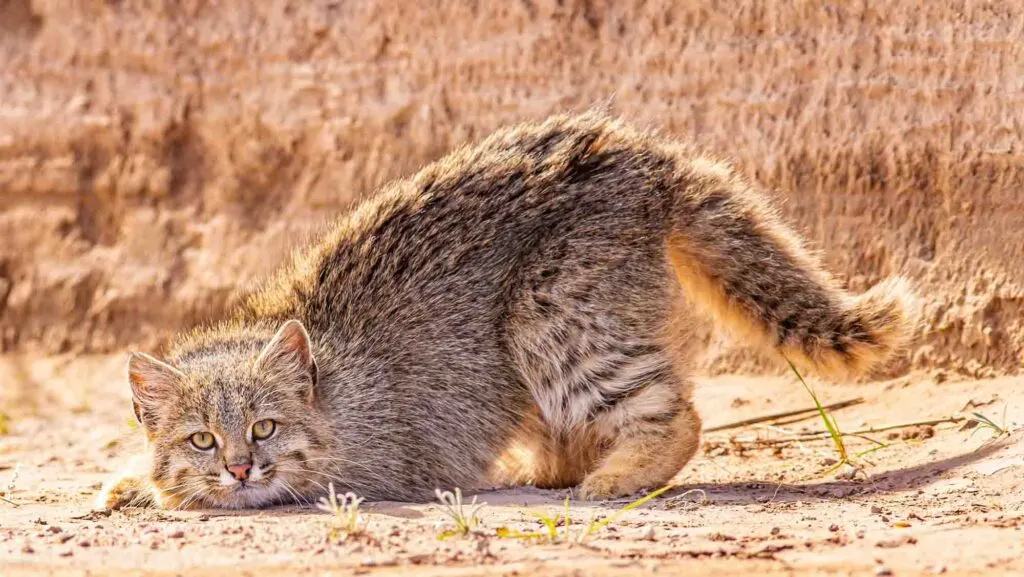
Named after South America’s low grasslands, the Pampas cats are spotted at a 3-mile elevation of dry forests and grasslands.
These wild cats of the Americas look like big domesticated pets, although keeping them captive is not wise. They have thick fur and long hair at the back, giving them a mane.
Peregrine Falcon
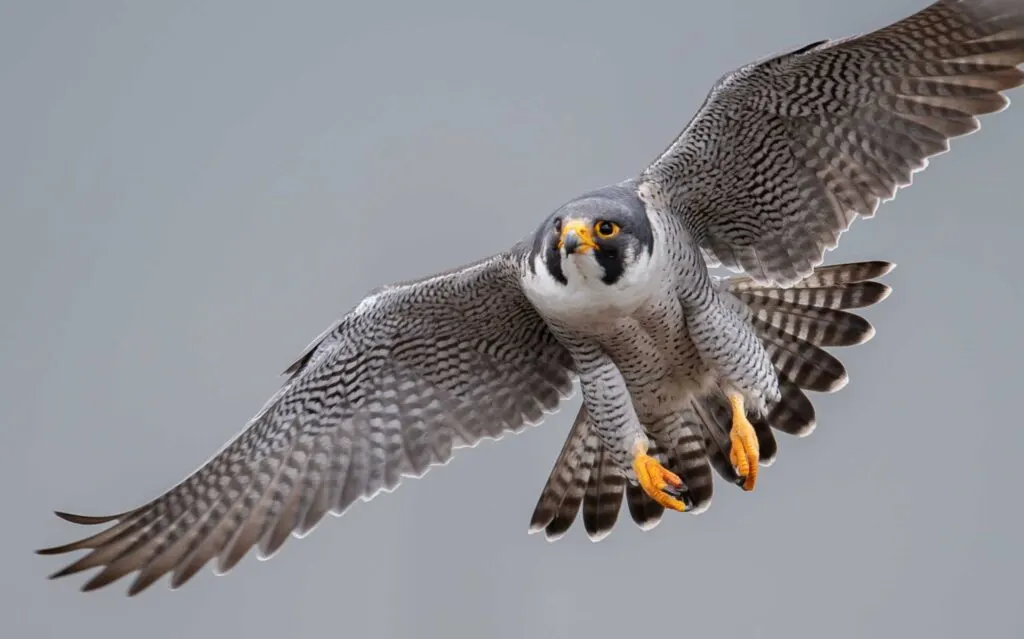
The scientific name of the species is Falco peregrinus, translating to wandering falcon.
These types of falcons are migrators that use the technique called ‘the stoop’ when they dive at their prey. Their speed can easily reach 240 miles per hour at this point, making them not only one of the fastest birds but also the fastest animals on the planet.
Pronghorn
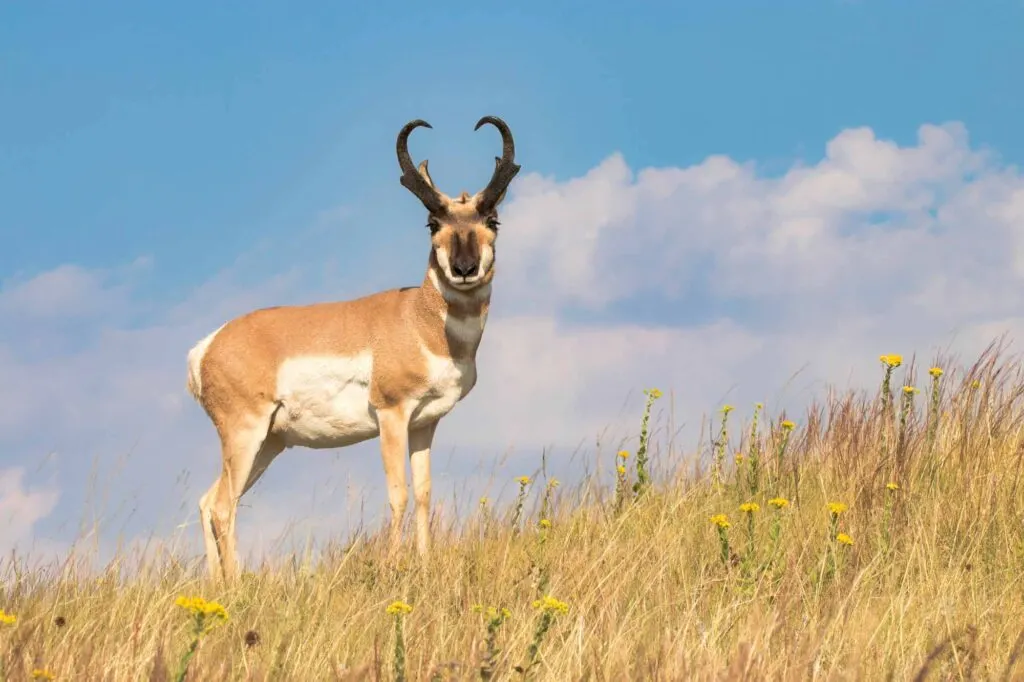
Pronghorns are animals with hoofs and even toes. They are loosely related to antelopes and goats but aren’t the same species.
Reaching a speed of 55 mph while running, they’re North America’s fastest land mammals.
Purple-Crowned Lorikeet
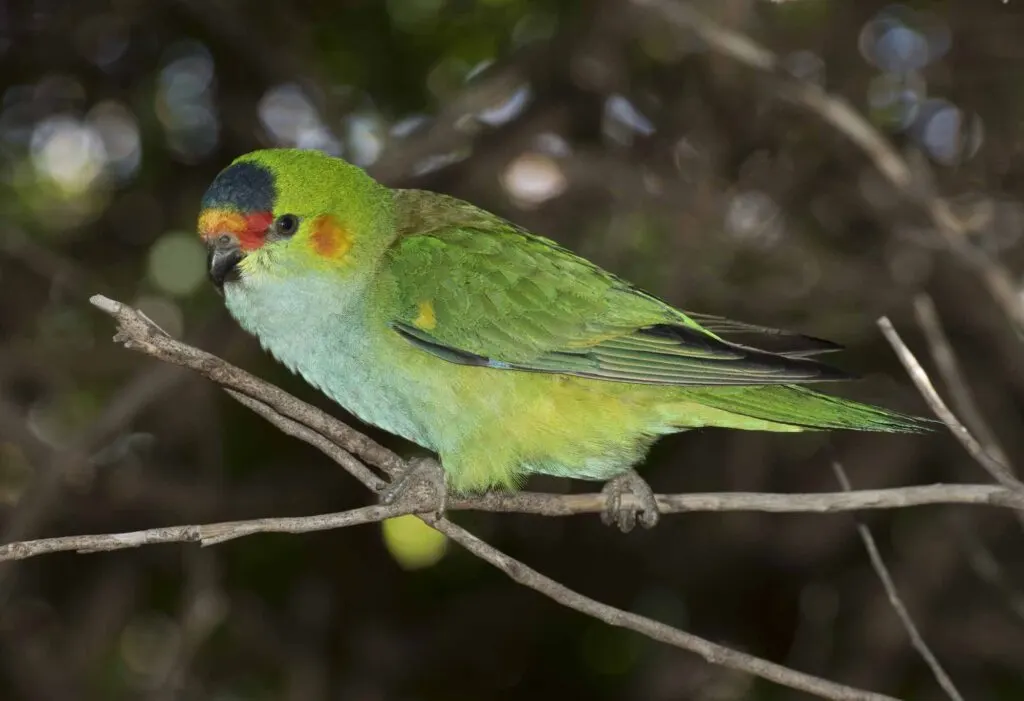
Among the animals that start with P, we’ll begin with the purple-crowned lorikeet, whose crown is the apparent source of the name.
Exclusive to southern Australia, they have a red patch in the middle of the eyes and orange patches on the cheeks.
Phantasmal Poison Frog
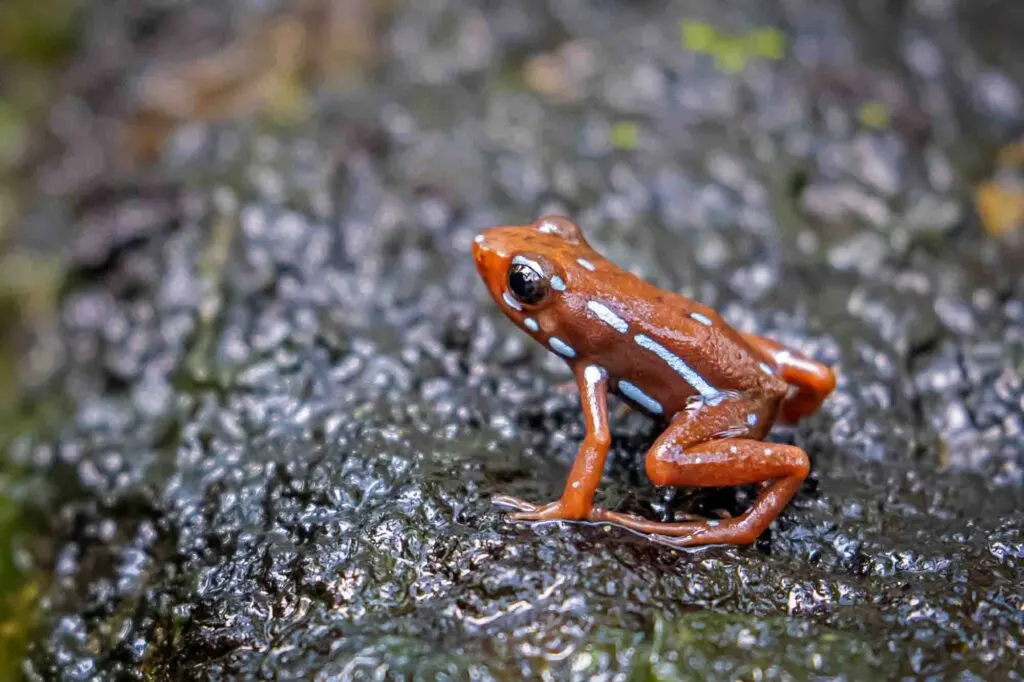
Colorful hoppers of Ecuador, indigenous people would use the secretion from phantasmal poison frogs to make their darts and arrows poisonous.
The toxin in their body results from their diet, consuming insects and ants with toxic properties. Epibatidine, a 200 times more potent pain killer than morphine, comes from this species.
Pampas Fox
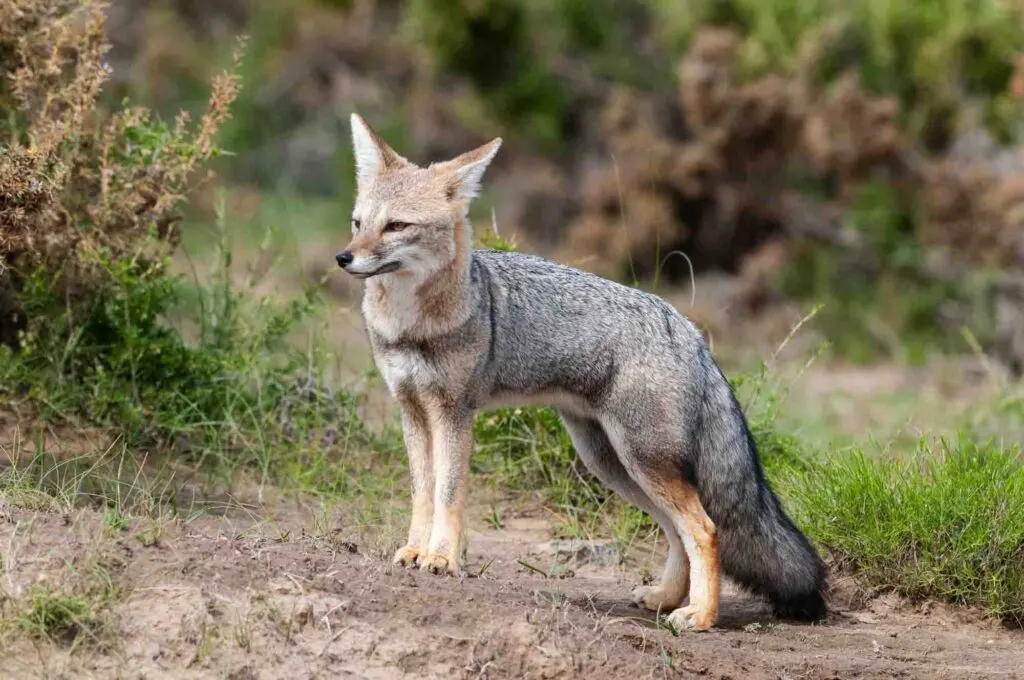
The Pampas foxes are zorro, meaning they aren’t true foxes and have more in common with jackals and wolves.
Native to Pampas in South America, their bushy tail sports a black tip.
Even though pampas foxes are nocturnal animals, they also come out during the day in areas with low human activity.
Pacific White-Sided Dolphin
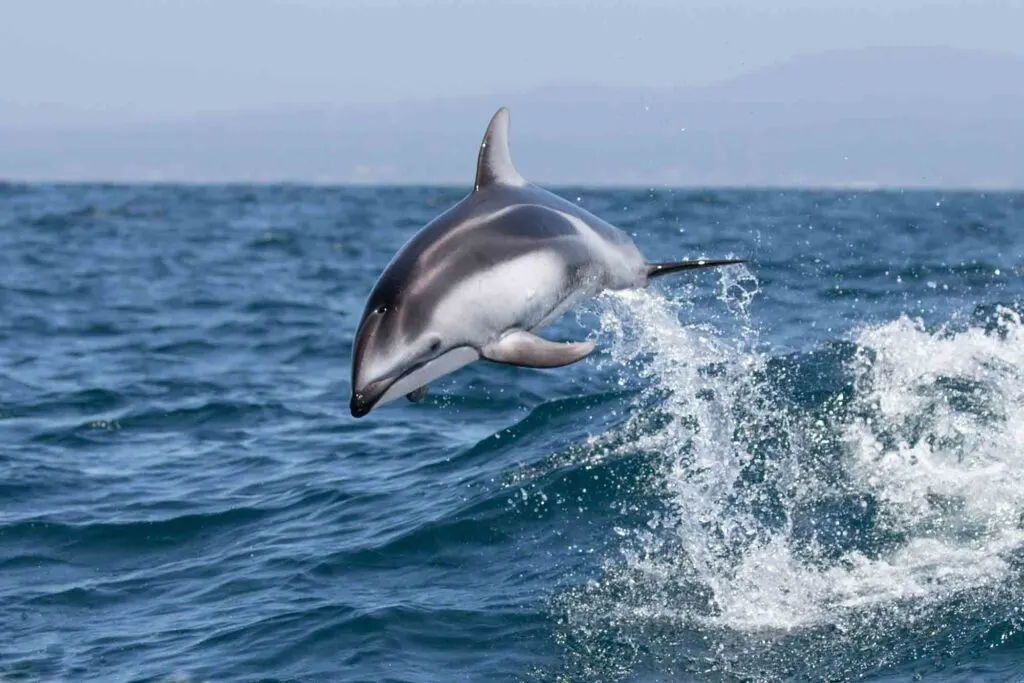
The Pacific white-sided dolphins belong to the list of animals that start with P due to their preference for the cool water of the North Pacific Ocean.
Consuming mostly school of fishes, these white-edged dolphins can stay underwater for 6 minutes to grab their prey.
Puma
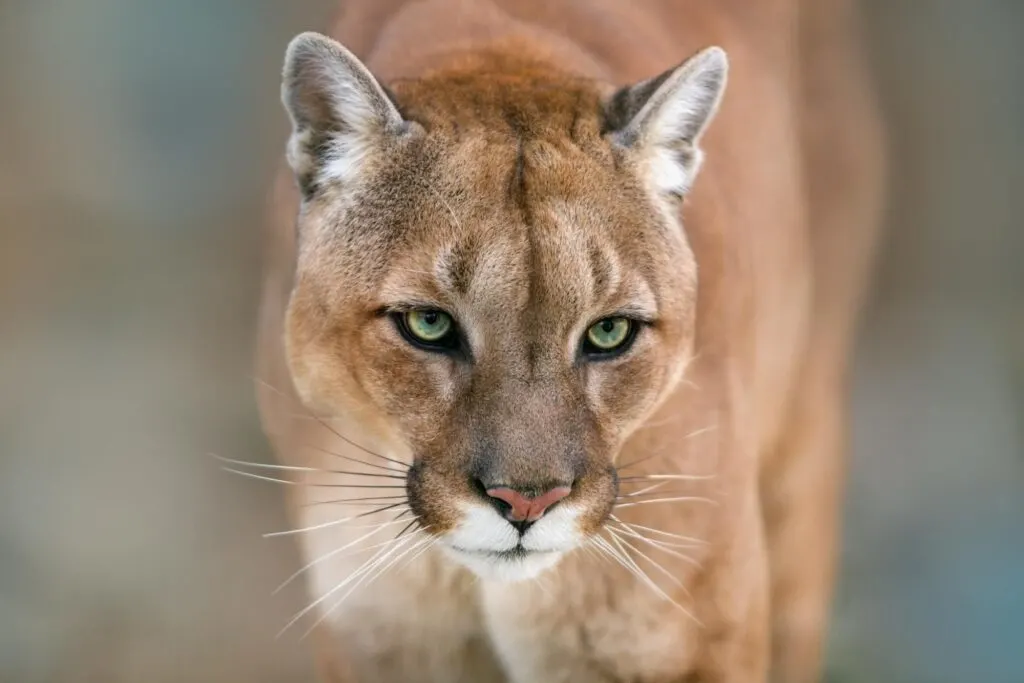
Pumas are one of the big wild cats, also known as cougars and mountain lions.
They run at a speed of 35 mph, but their maximum sprinting speed is 50 mph.
On top of that, they’re excellent climbers and capable swimmers, though they avoid swimming.
Pallas’s Cat
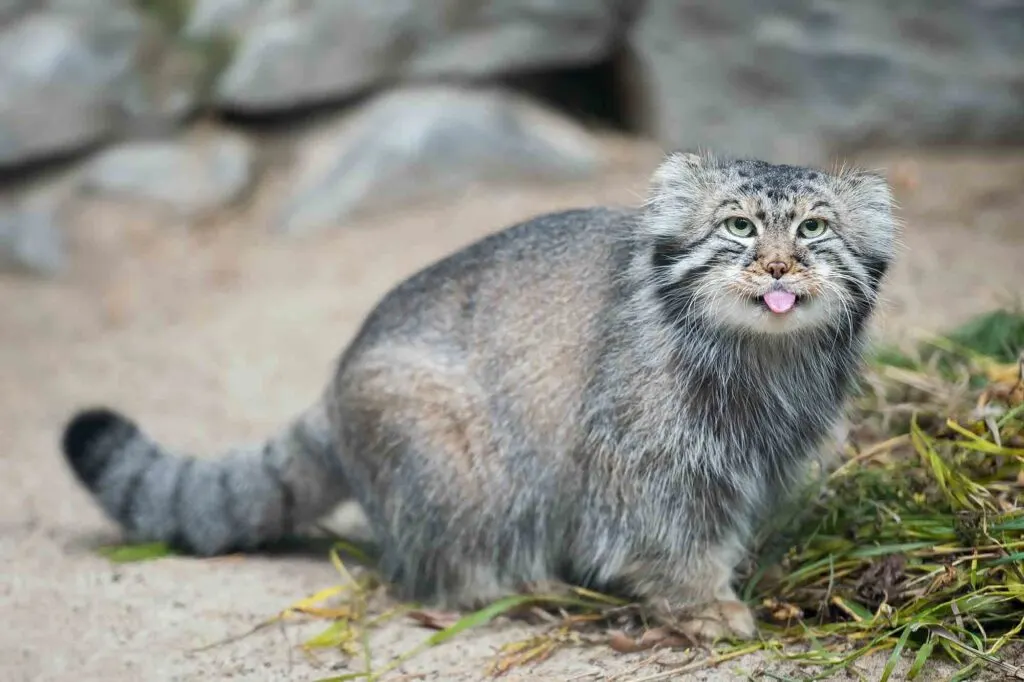
These Asian wild cats with light gray fur are also known as manul. Unlike the norm of cats with pointed years, the species have short, and round ears almost taped to their tiny head.
Pallas’s cats have grumpy-looking faces and can hide better from their prey and predators thanks to their ears.
Pine Warbler
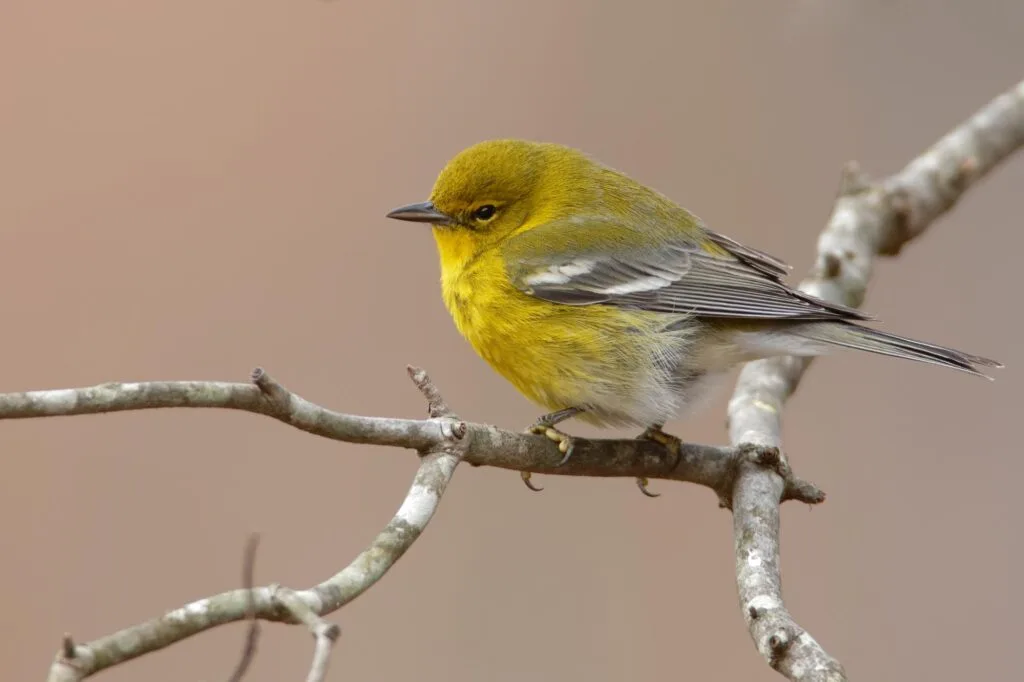
True to its name, the pine warbler is rarely seen away from pine trees.
They’re mostly olive green in color with black and white wings and beak. Curiously, the male pine warblers trill while singing.
Plumed Whistling Duck
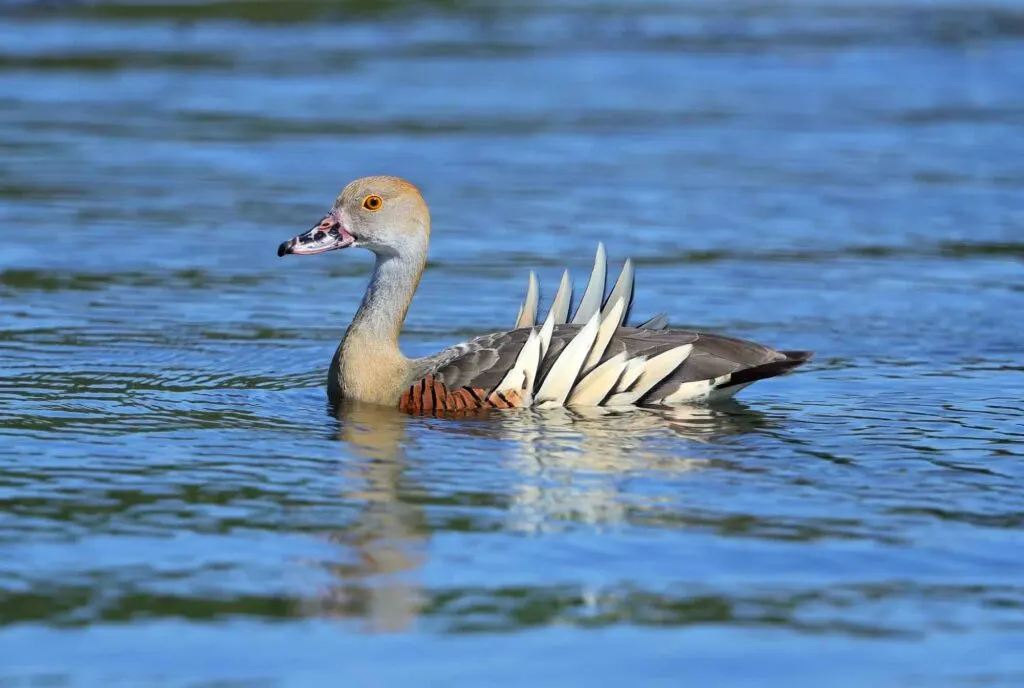
Australian natives, the plumed whistling ducks have plumes lining up their flanks.
These long-necked species weigh about 2.2 pounds and are about 23.5 inches in length.
In addition, these types of ducks have mostly chestnut bodies with a couple of dark stripes all over their plumage. They have pink bills and legs.
Pakistan Sand Cat
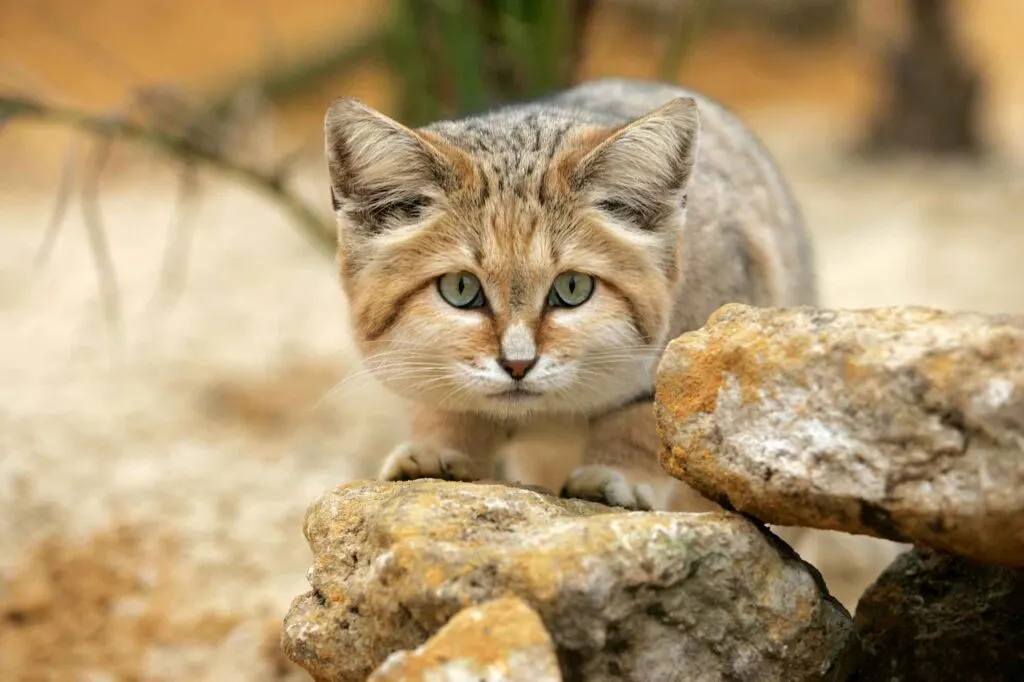
Pakistan sand cats are species of wild cats found mostly in the Middle East, South, and Central Asia.
These felines have padded feet to protect them against the extreme temperatures of the sand.
Painted Lady
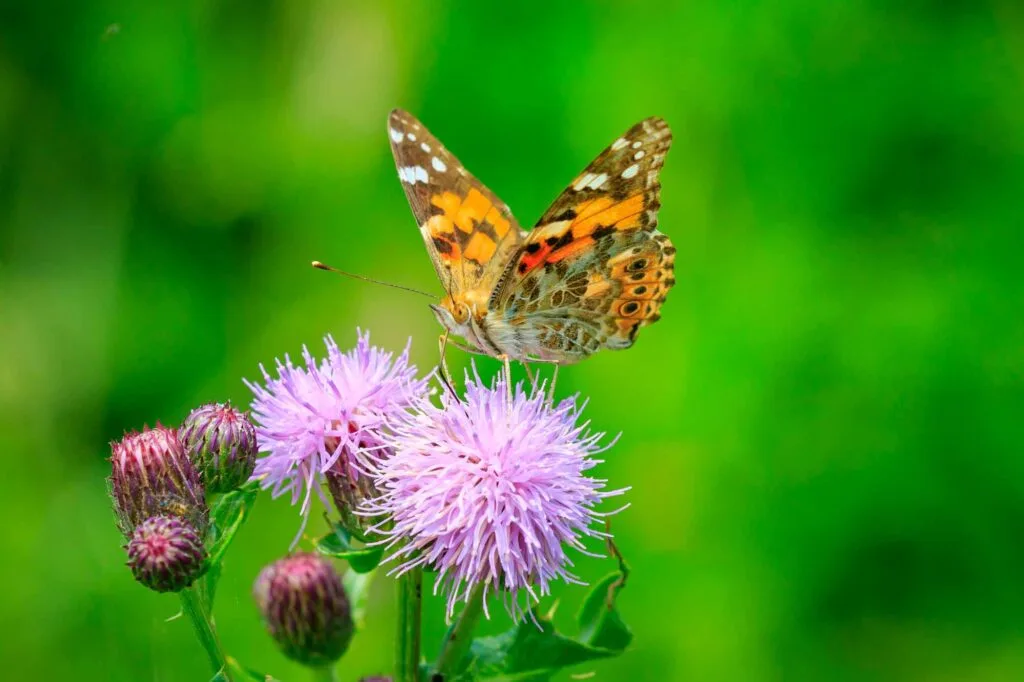
One of the most widely spread of all butterfly species, the painted lady, is also called the cosmopolitan butterfly for this same reason.
The only places you won’t find them are in South America and Antarctica.
Interestingly, they can fly more than 100 miles each day while they are migrating and can fly at nearly 30 miles per hour!
Philippine Eagle-Owl
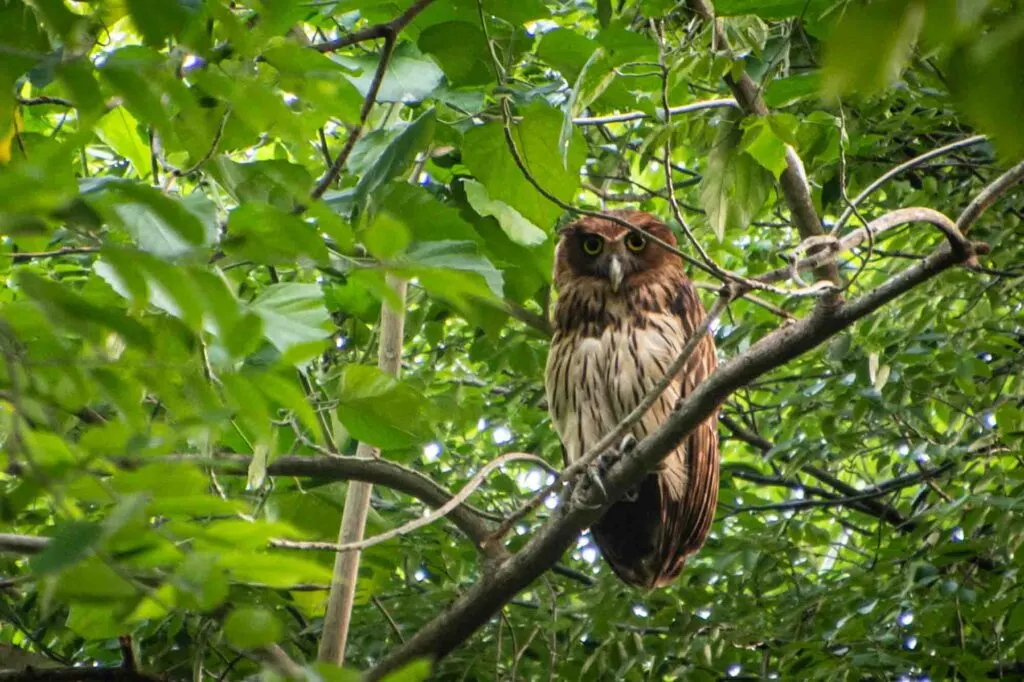
Indeed, they’re owls of the Philippines. They’re the country’s largest owl but the smallest in the genus they belong to.
In addition, these owls are at the top of the food chain in the Philippines, thus playing a crucial role in maintaining the ecosystem.
Proboscis Monkey
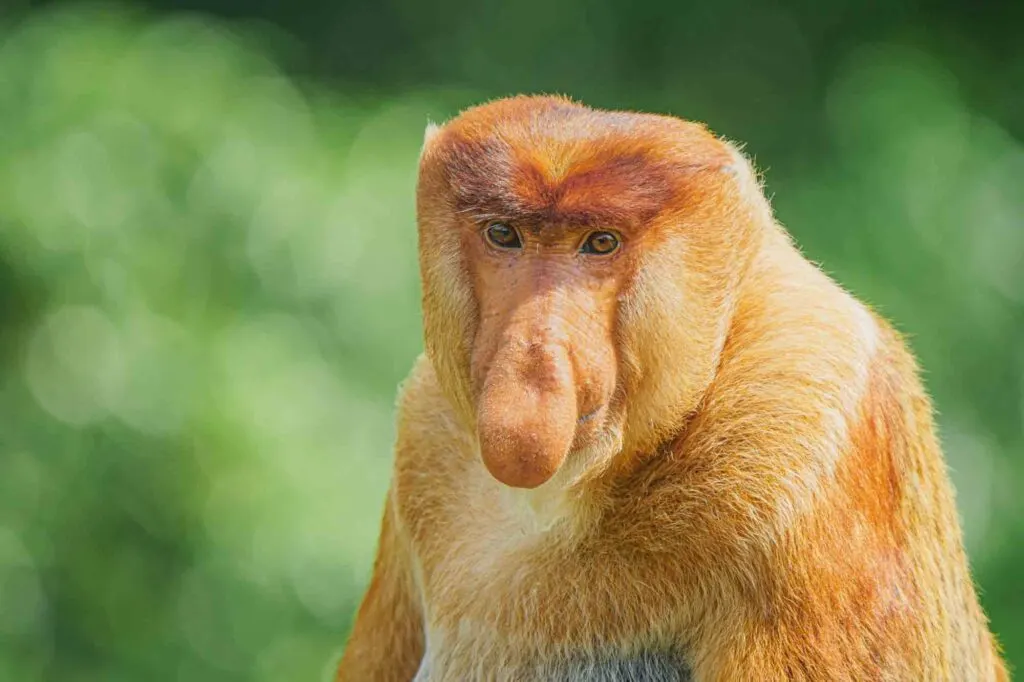
Another name for this Old World monkey is long-nosed monkey, as it is long enough to go past the mouth.
If you want to see these ugly animals, you have to visit the mangrove forest of Borneo, an island in southeast Asia.
Peacock Butterfly
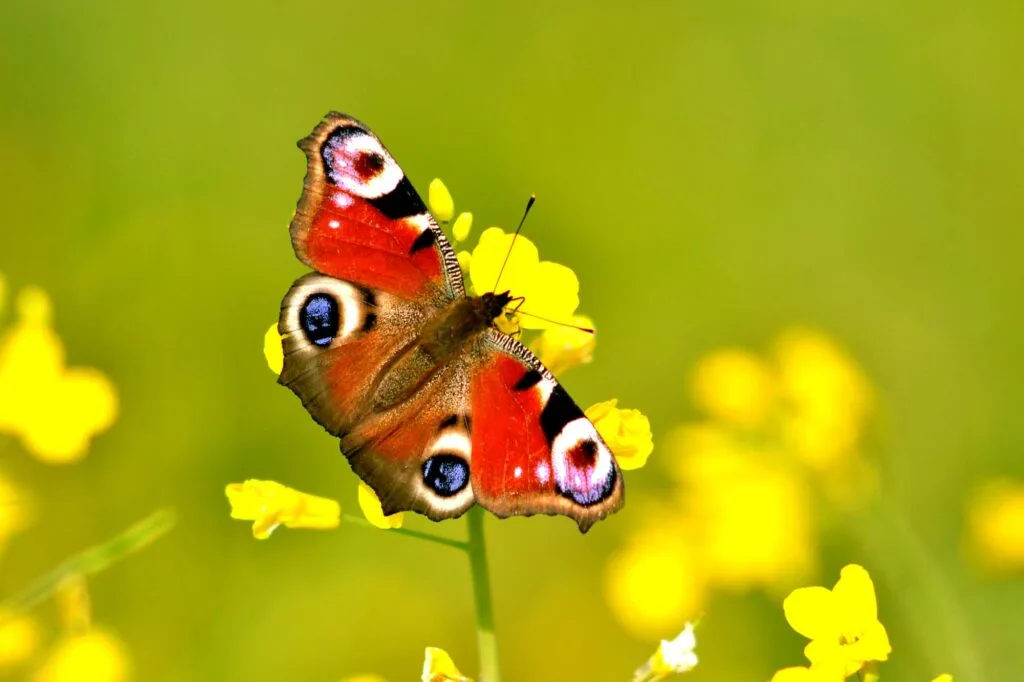
From the animals that start with P, the peacock butterfly is also called the European peacock.
Their name is a reference to the large eye-shaped spots they have on their wings, resembling peacock’s feathers.
If they suspect a predator is in the area, they become still enough to act like a leaf.
Purple-Crowned Fairywren
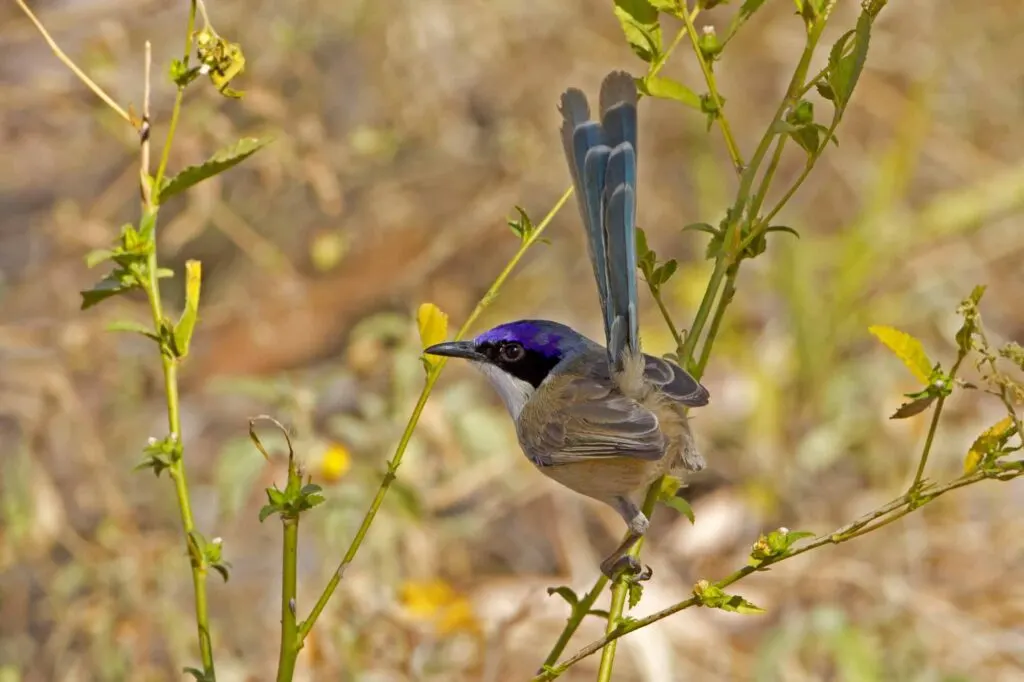
Yes, the purple-crowned fairywren does have a purple crown. They’re exclusive to Australia like most fairywrens.
Their plumage is mostly white with a startingly aqua blue tail. Even though their population is decreasing, they are listed as Least Concern on the IUCN Red List.
Pharaoh Eagle-Owl
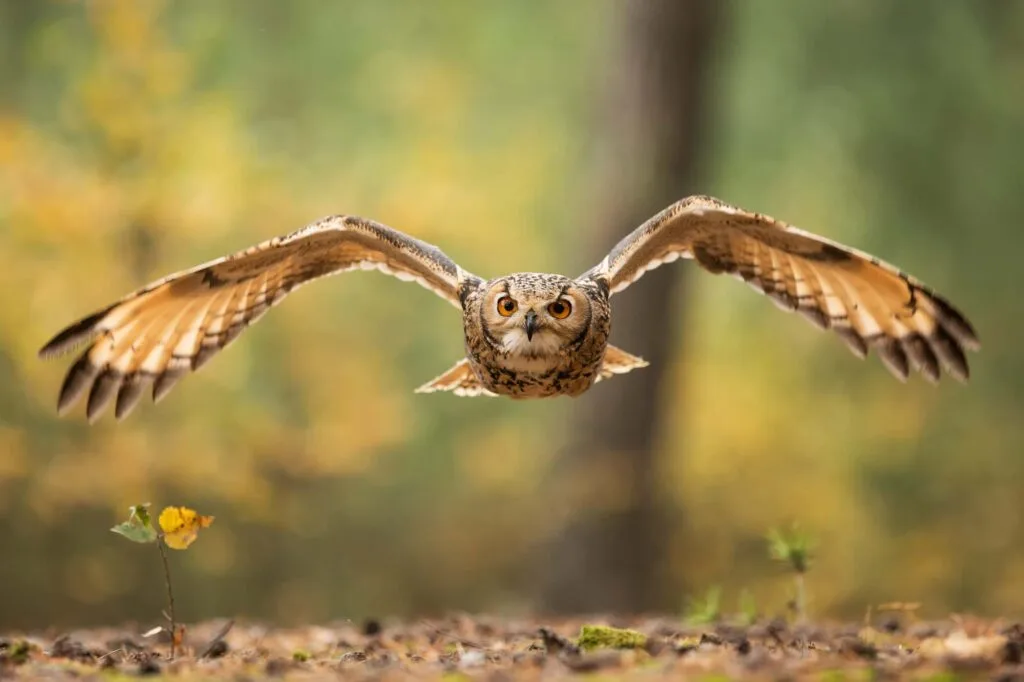
Pharaoh eagle-owls are species native to the Middle East. As you can imagine, it was named after its close association with Egypt, where the monarchs were popularly known as the pharaohs.
The ear tufts of the owls are short, and they have yellow-orange eyes with a face that closely resembles a cat.
Purple Emperor
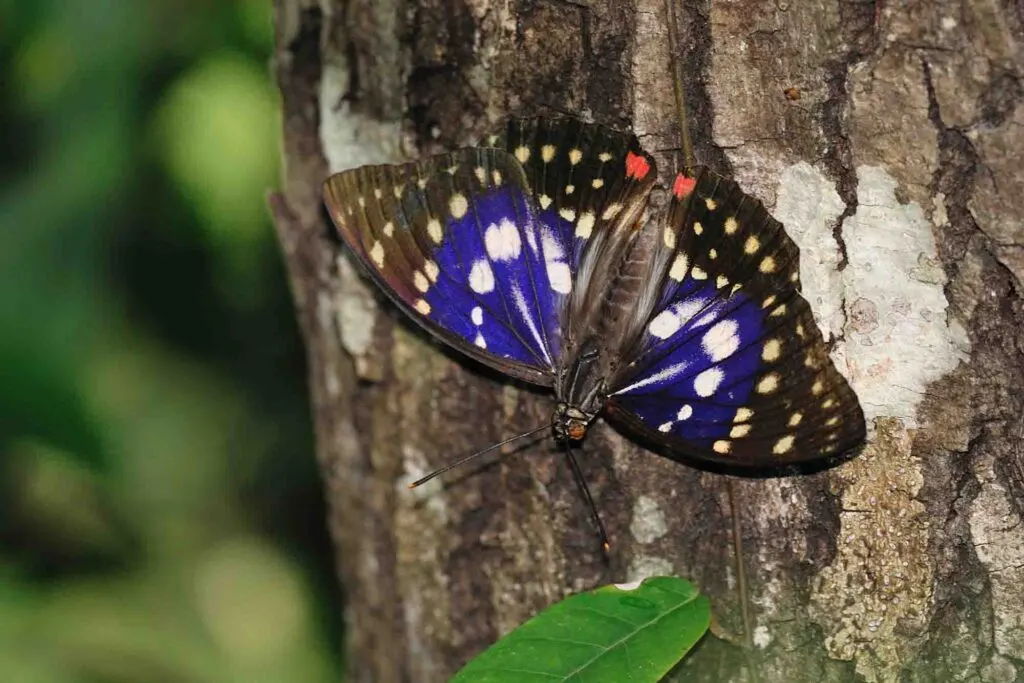
Despite the name, only the male purple emperor butterflies have a purple sheen on the top portion of their wings.
They’re relatively large and have a wingspan of 3.3 inches.
There’s been a decline in their population since the twentieth century, and it is now only seen in southern England.
Papuan Boobook
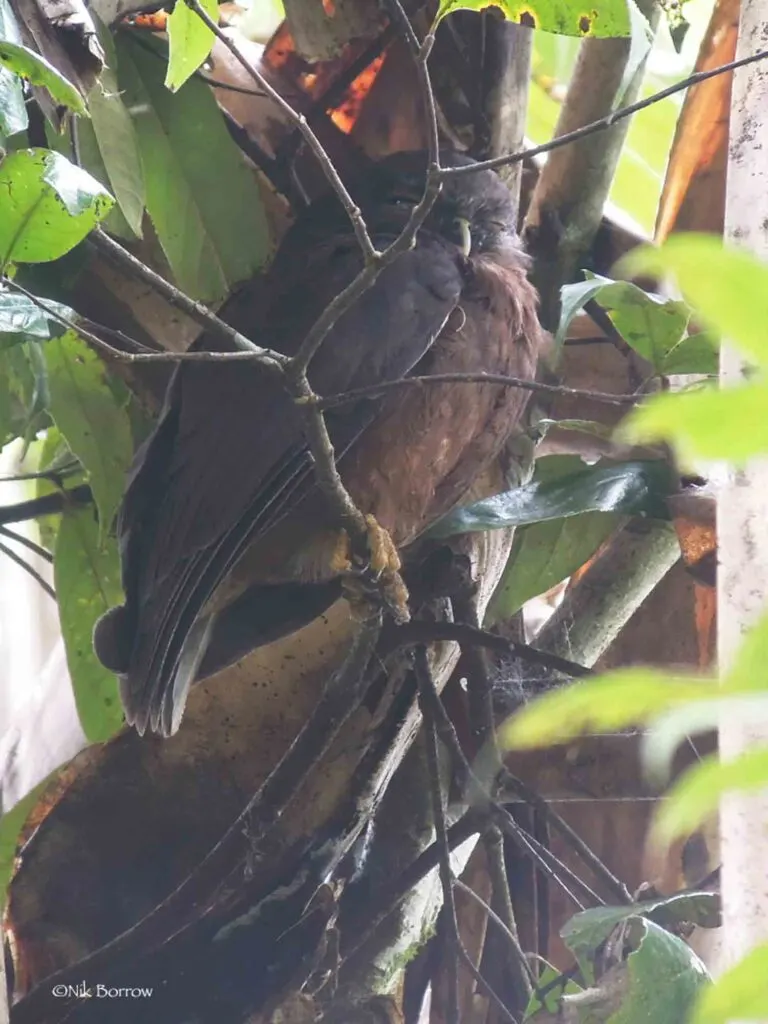
The Papuan boobook is a middle-sized owl species from New Guinea.
They have a chocolate brown body and a darker face with yellow eyes, flaunting beautiful dark gray wings. Their eyebrows are pale and short.
Peacock Spider
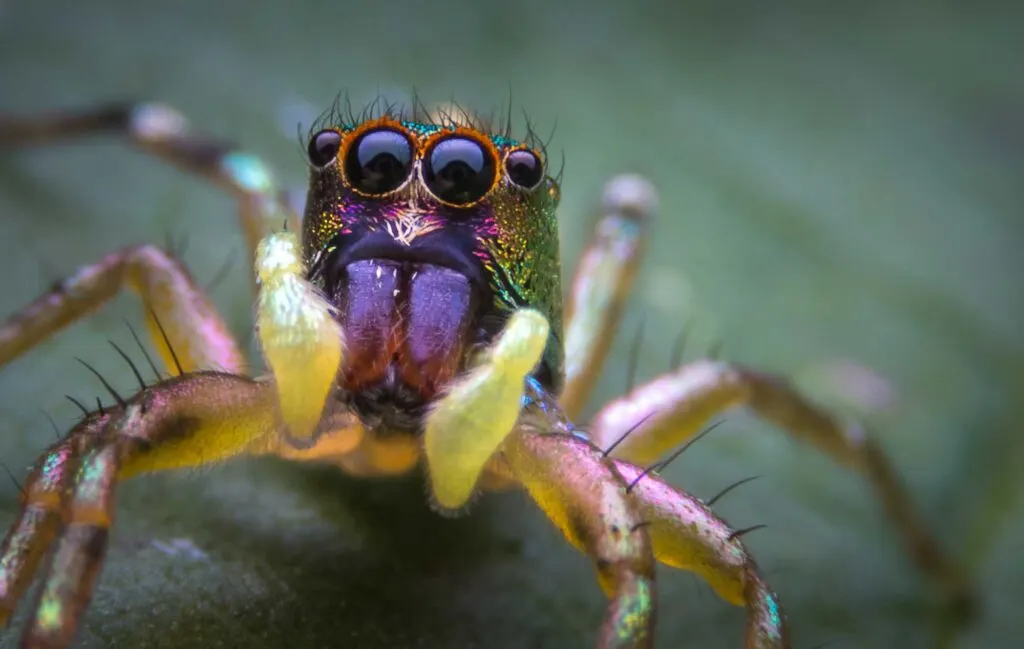
Native to Australia, peacock spiders are also called Maratus volans.
They have a specialized visual system that allows them to see the entire visible spectrum as well as in the UV range, which helps them detect and pursue prey.
These jumping spiders can reach 40 times their body length when jumping.
Palm Cockatoo
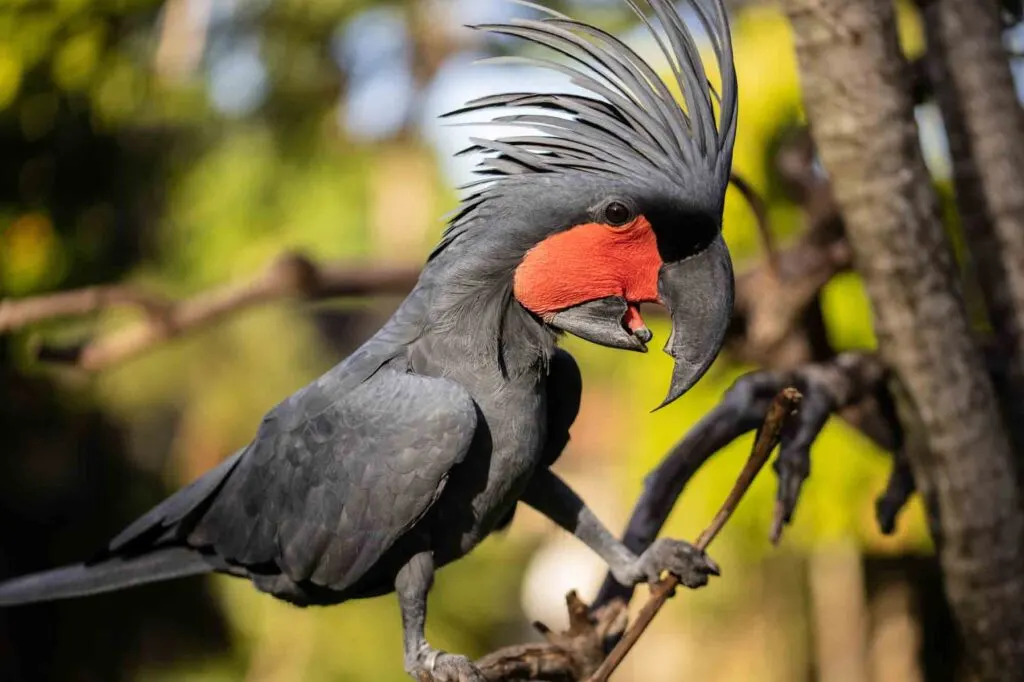
Except for the hyacinth macaw, the palm cockatoo has the largest bill among the parrot species.
They have a patch of red on their cheek, which changes color depending on their mood.
When stressed, the patch takes on a beige or pink shade. An excited or happy mood makes for a yellow patch.
Pygmy Marmoset
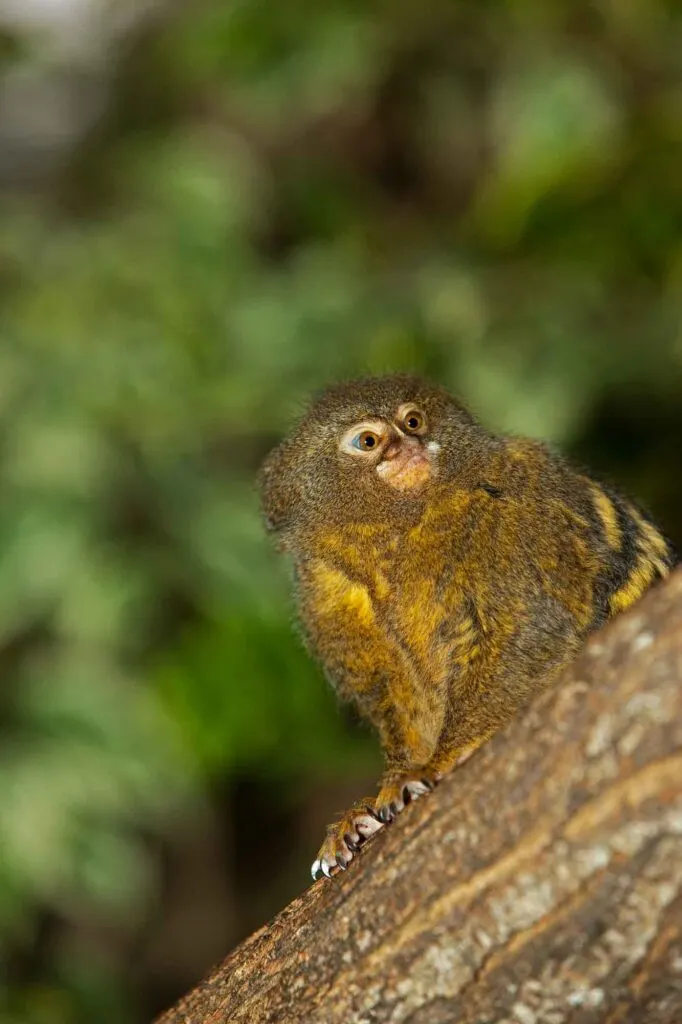
These New World monkeys of the Amazon Basin are the smallest monkeys in the world, which is why they are popularly called finger monkeys.
Their weight adds up to 3.5 ounces at most. Their tail can be 9 inches, which can be twice the size of their body.
Plum-Headed Parakeet
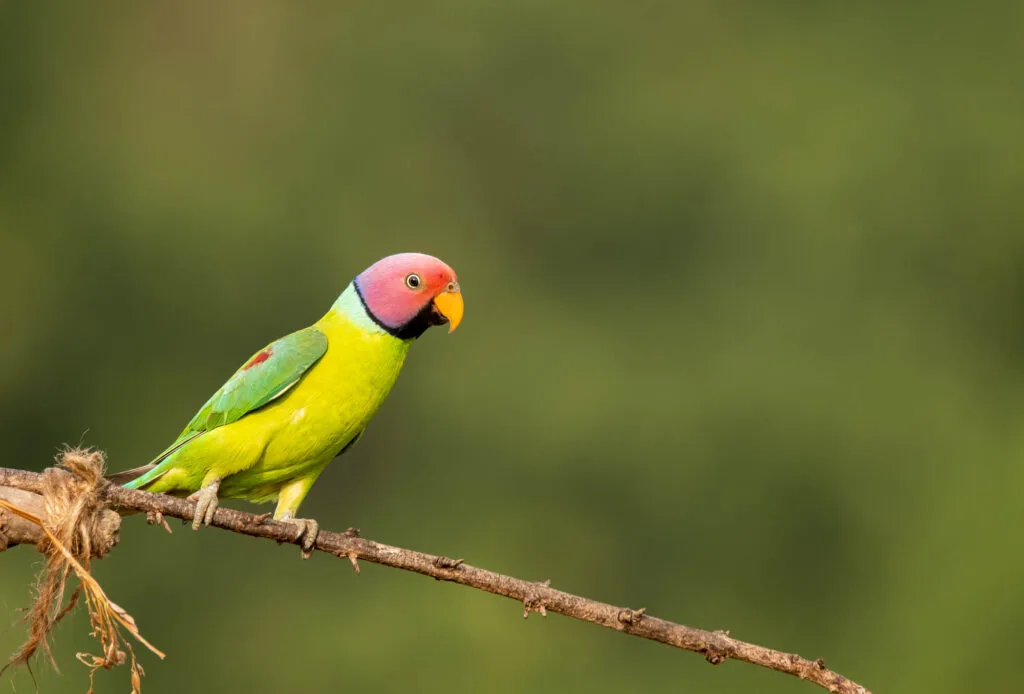
Found in the Indian subcontinent, the male plum-headed parakeets have pinkish-purple heads.
The female parakeets sport gray color on their faces. They’re mostly lemon yellow to green from the face down. Compared to other parrot species, they have a gentler temperament.
Pygmy Hippopotamus
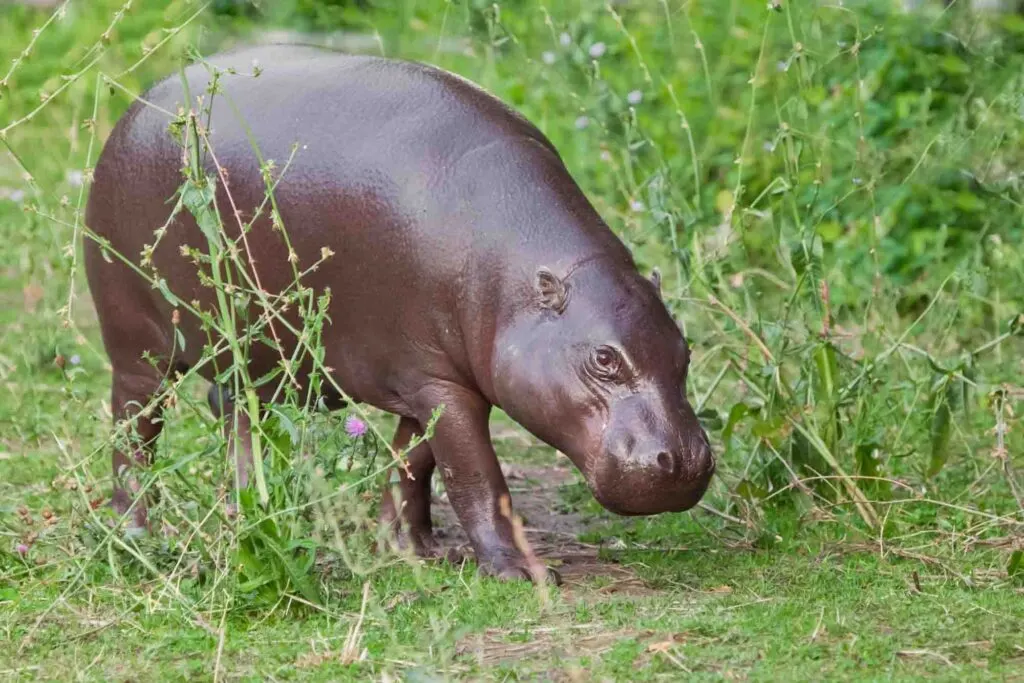
As the pygmy on their name suggests, these animals beginning with P are smaller than common hippos.
Yet, they can eat about 150 pounds of grass every night.
They’re big swimmers, with a valve in their nose and mouth closing when they dive–handy body feature, huh?
Prairie Falcon
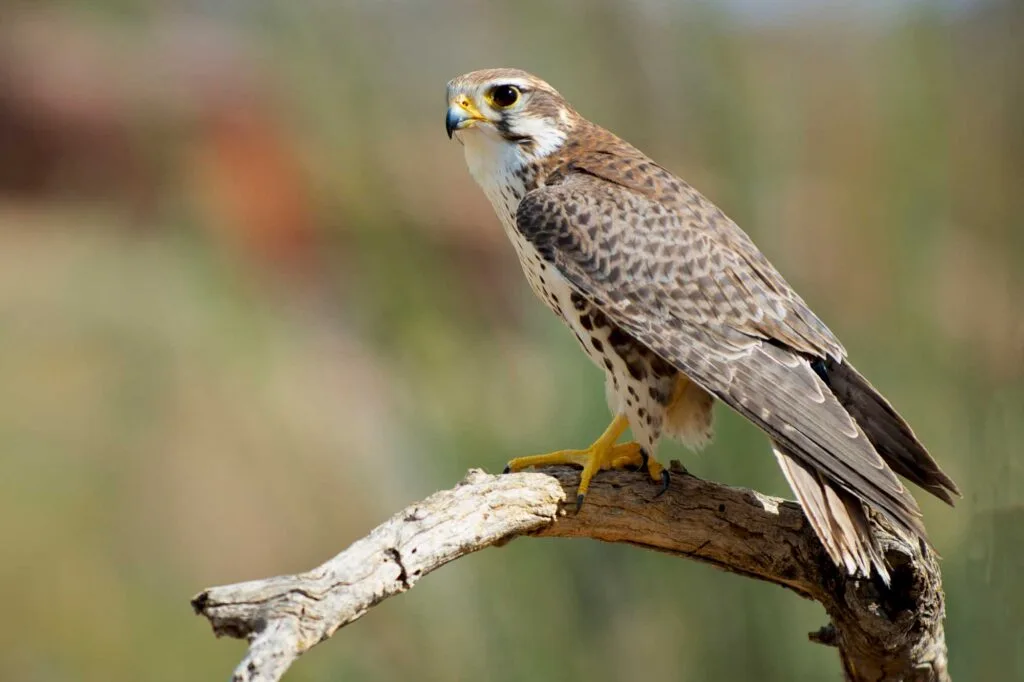
The prairie falcons are on the list of animals that start with P because they inhabit the prairies of western North America.
Cousins to the peregrine falcon, these falcons are prepared for the US desert’s conditions. Namely, their eggs reserve water better to deal with the low humidity of the deserts.
Polar Bear
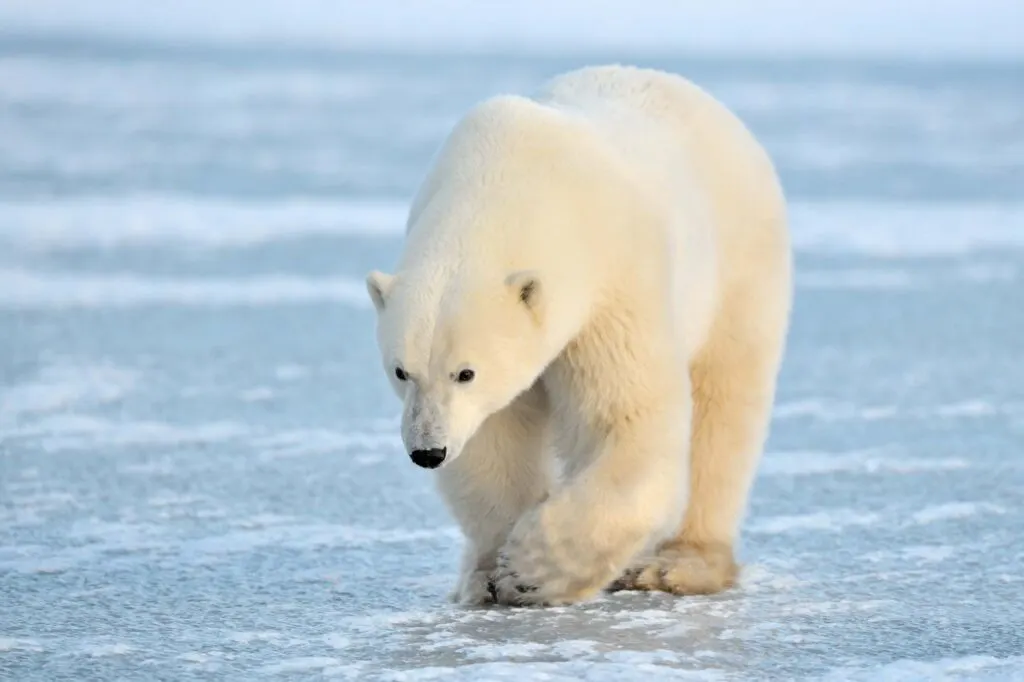
How could we not include polar bears in a list of animals that start with P?
The most shocking fact about polar bears is their black skin. It’s because of their white fur that people mistake them for being white.
Additionally, the outer layer of their coat is transparent and appears white because of light reflection.
Purple Finch
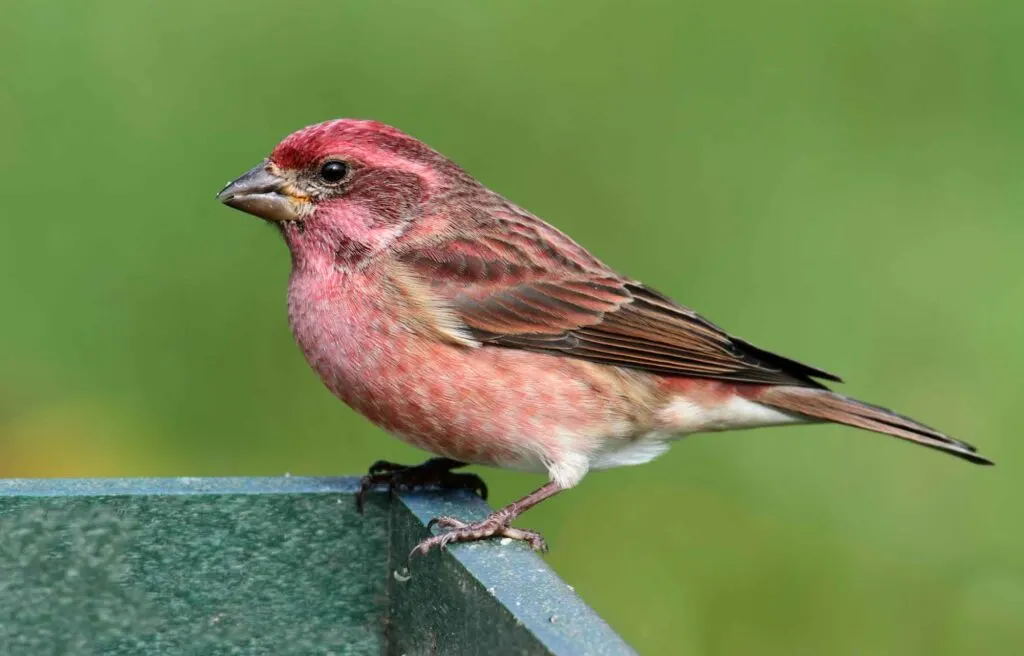
The state bird of New Hampshire, the purple finch, was once described by an ornithologist as a “sparrow dipped in raspberry juice.”
Rather than purple, they have a pinkish shade and love sunflower seeds.
Pied Tamarin
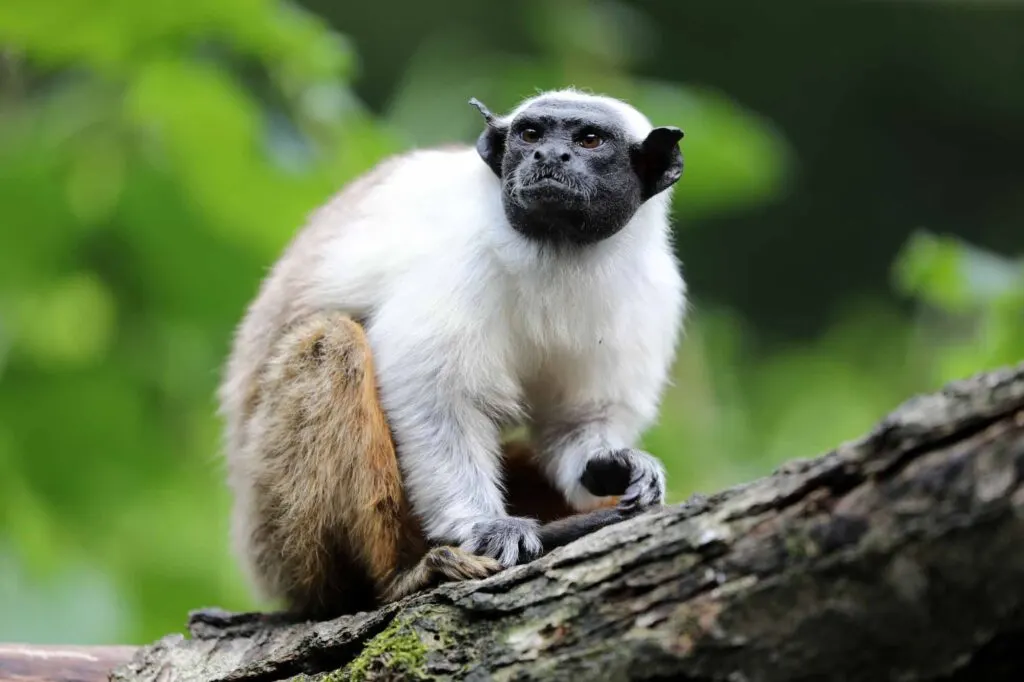
Pied tamarins, the official mascot of Manaus, a Brazillian city, are New World monkeys. They live in the restricted region of the Amazon Rainforest.
These monkeys are listed as Critically Endangered on the IUCN Red List due to the constant increase of agricultural areas and cattle farms, reducing the pied tamarins’ habitat even further.
Plateau Pika
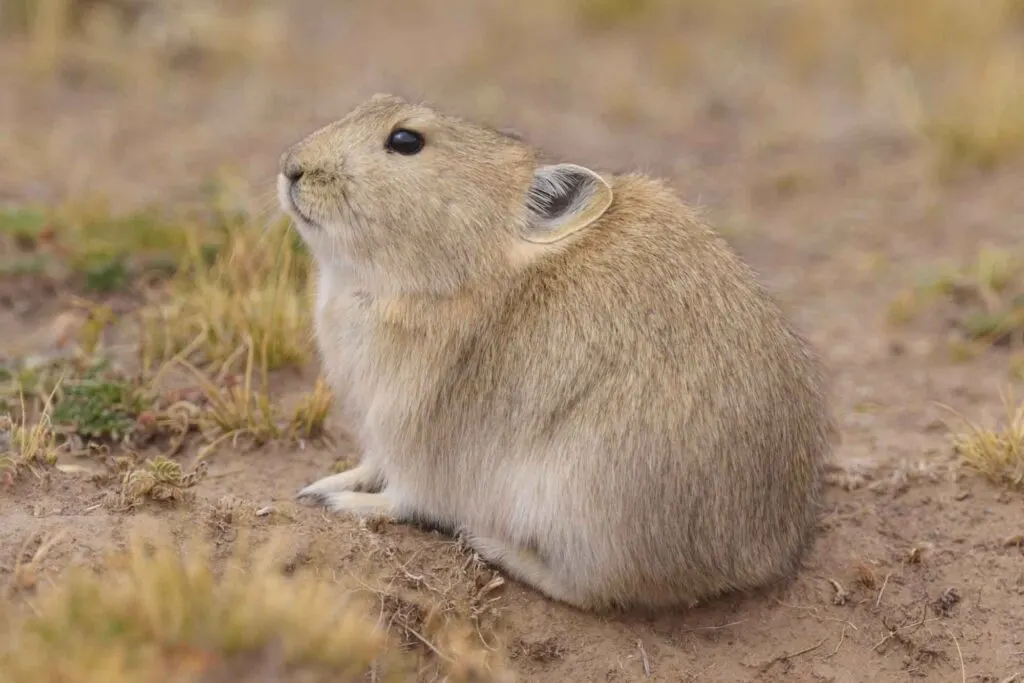
Plateau pikas have a close relation to rabbits but are about hamster sized. In fact, they look like hamsters too.
From the animals that begin with the letter P, the plateau refers to the Tibetian Plateau, where they live.
Parrot Crossbill
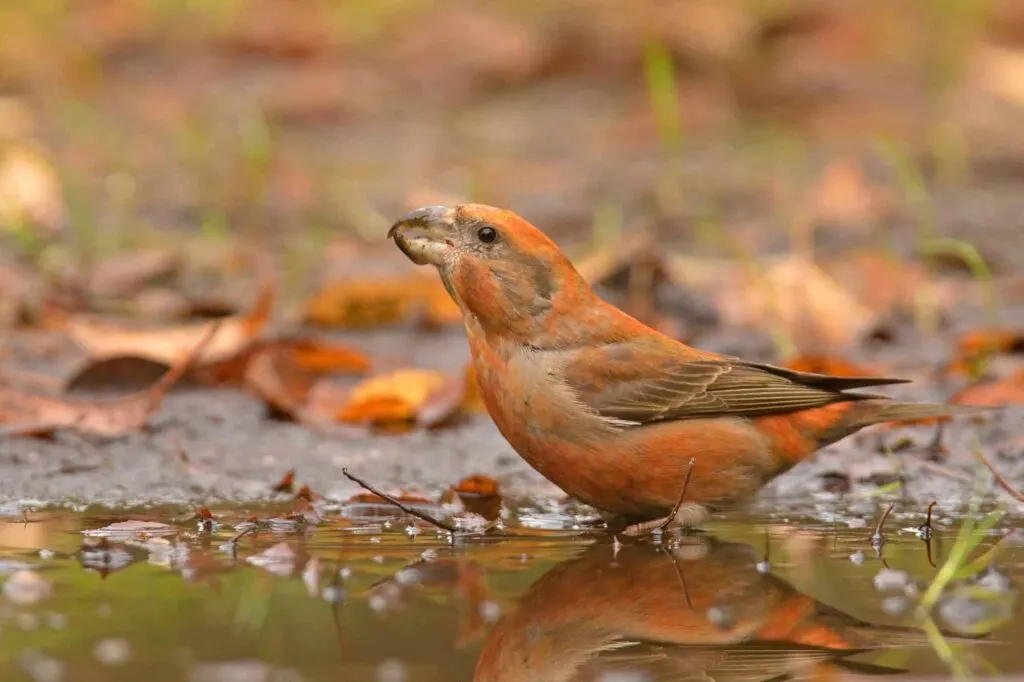
Parrot crossbills are found in pine forests of Europe, specifically in the north and northeastern areas.
They have an oddly shaped bill, curving a bit at the end, allowing them to suck the seed out of conifer cones the way most birds can’t.
Père David’s Deer
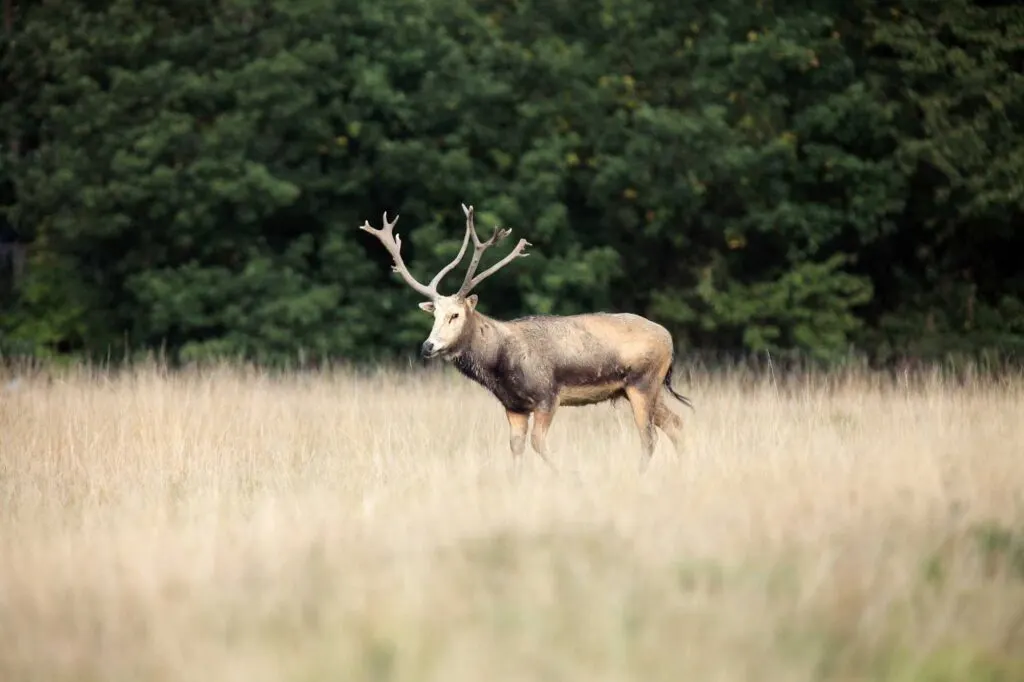
Native to the river valleys of China, these deer are the only extant members of the genus Elaphurus. Sadly, they are extinct in the wild, meaning only the animals in captivity remain alive.
Interestingly, the Chinese word for these animals is sì bú xiàng. This word means ‘four not alike,’ which could mean “the four unlikes.” This expression refers to four distinctive physical features of this animal: antlers of a deer, hooves of a cow, neck of a camel, and tail of a donkey.
Pine Grosbeak
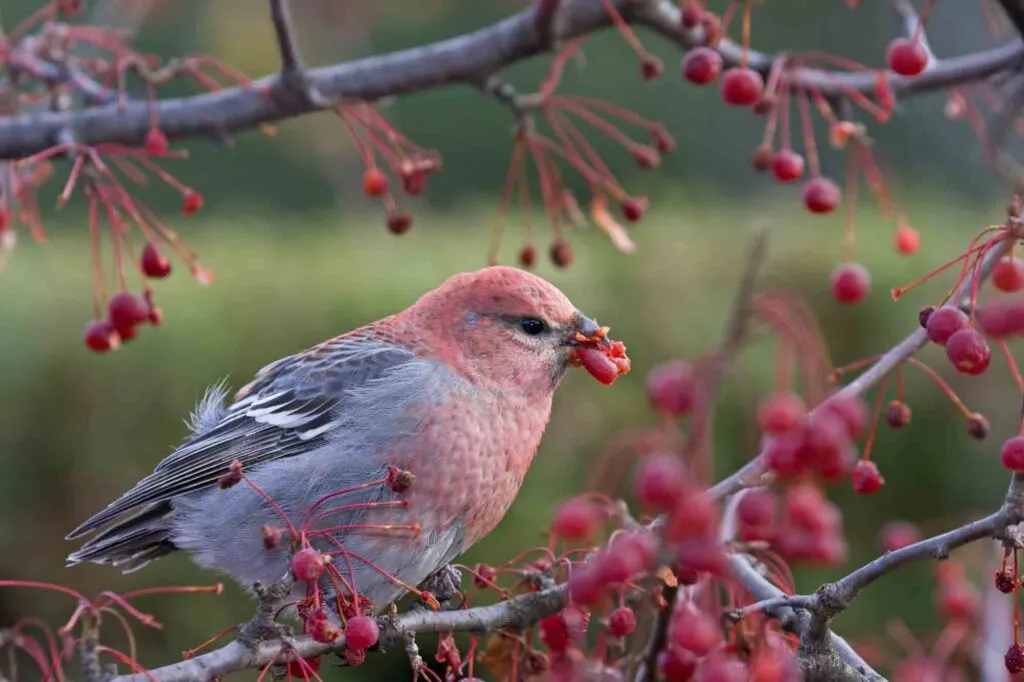
The most common of the northern finches, part of the true finch family and definitely pine lovers, pine grosbeaks are called ‘gross’ when they’re in a group.
The $1000 bill released in Canada in 1986 featured the image of this species in the back.
Pygmy Short-Tailed Opossum
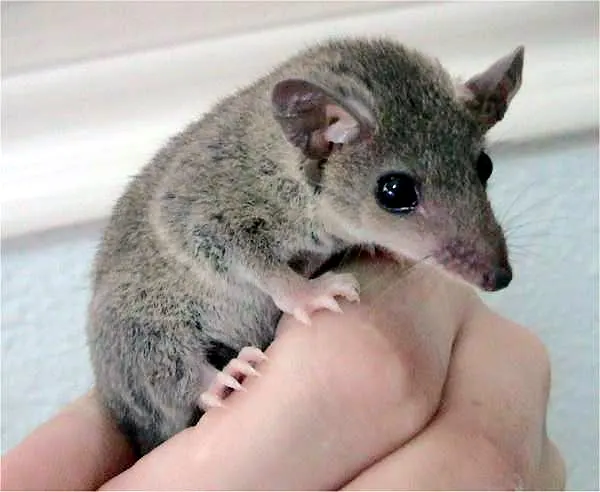
These marsupials are easily mistaken for rats due to their thin tails and elongated face.
Although it is a marsupial, it lacks the characteristic pouch that is often associated with this order.
These terrestrial marsupials are found in Argentina, Bolivia, Brazil, and Paraguay.
Platypus
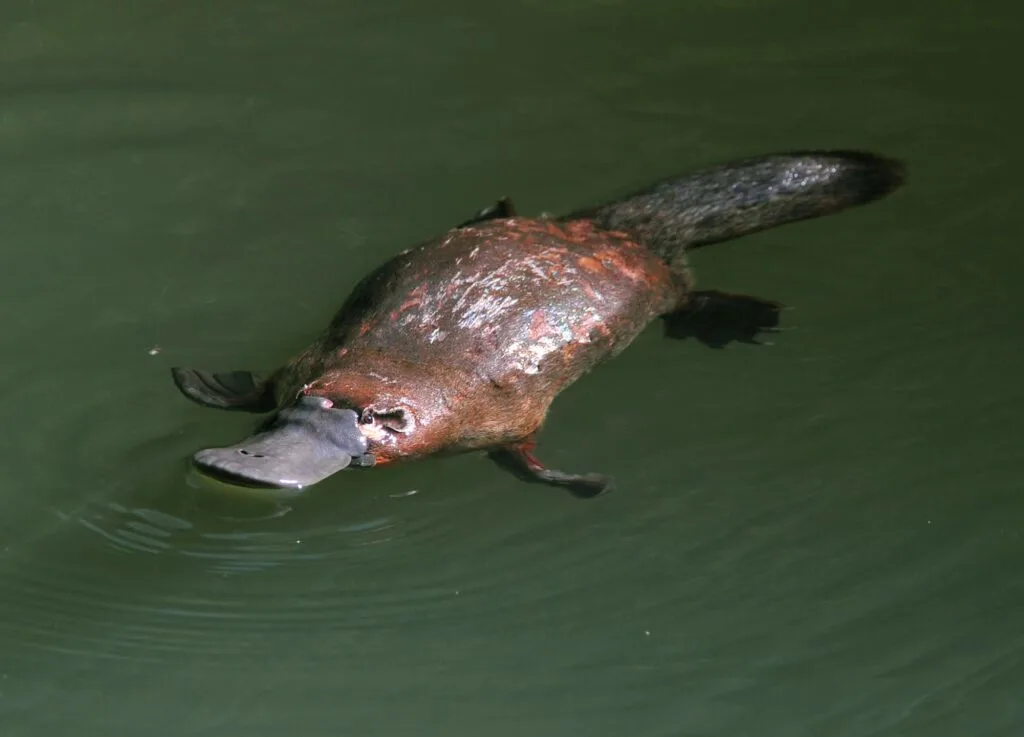
Australian natives, the platypus has the bill of a duck, and their body is covered in waterproof fur. They glow this bluish-green color when UV lights hit their body.
Similar to sharks, they use electronic waves to locate their prey underwater. They can secrete venom from their hind leg, which is lethal but, till now, hasn’t been the cause of human deaths.
Animal Alphabet List
Animals With P
We hope you enjoyed this fun animal list! Feel free to share it with your friends on social media.
Are we missing any animals beginning with P? Let us know in the comments, and we will update this list!
